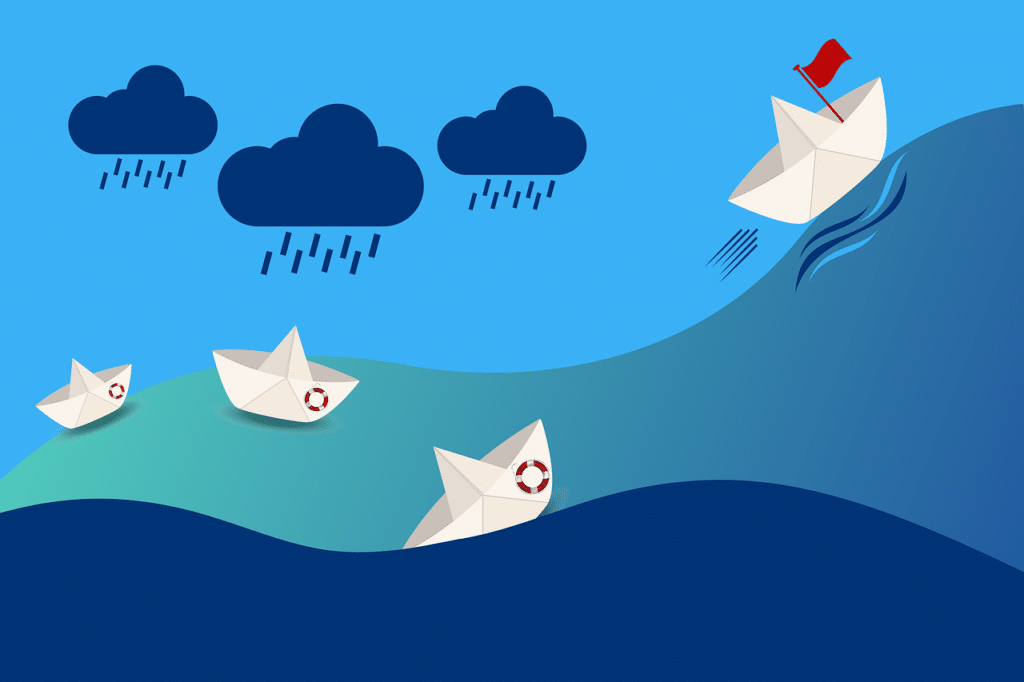Every business faces impacts from outside forces. The reaction to these situations can define a company’s future. How do some push through while others pull back?
The key is establishing a culture of resiliency; a connected, employee-wide attitude that regardless of what happens, everyone works together to overcome any obstacle!
Here’s three steps to build a culture that thrives in any situation.
1. Share Your Prospecting Progress Widely
We are always “flipping over rocks!” Whether it’s investigating an acquisition, working with a new crop or pursuing new clients, we share as much as possible with our employees about what could come next. Keeping our team updated helps create a positive and future-focused mindset. They know the company is always looking forward and it challenges them to do the same. They become comfortable (mostly!) with change and embrace new challenges.
2. Reward Effort Rather Than Results
The “how” and “why” of company performance are often missed when employees are rewarded based on results alone. For example, good market prices or favorable weather can improve the bottom line without extra effort, and in some cases, even cover up a poor one. The counter is also true. Sometimes a Herculean effort can be undone by those same outside forces. When employees are rewarded on the merits of their efforts and contributions, they give all they have regardless of the circumstance. An entire team, collectively putting in a full effort maximizes the results when the winds are favorable and buoys the company during headwinds.
3. The Long Plan is the Right Plan
The good or bad news of the day can push a strategic plan off course. When evaluating internal and external events that impact the business, it’s key to step back and check the long-term plan. Does this new opportunity complement our company’s goals or distract from them? Does this unexpected situation really derail the entire strategy or is slight course-correcting the best next step?
Establishing a culture of resiliency takes complete buy in, constant effort and discipline from company leadership. Modeling the behavior is especially important in moments of both success and difficulty. When done consistently, employees will notice. They will start to model that behavior back and create a feedback loop of positivity and optimism. At that moment, the company will be ready to succeed no matter what happens!









